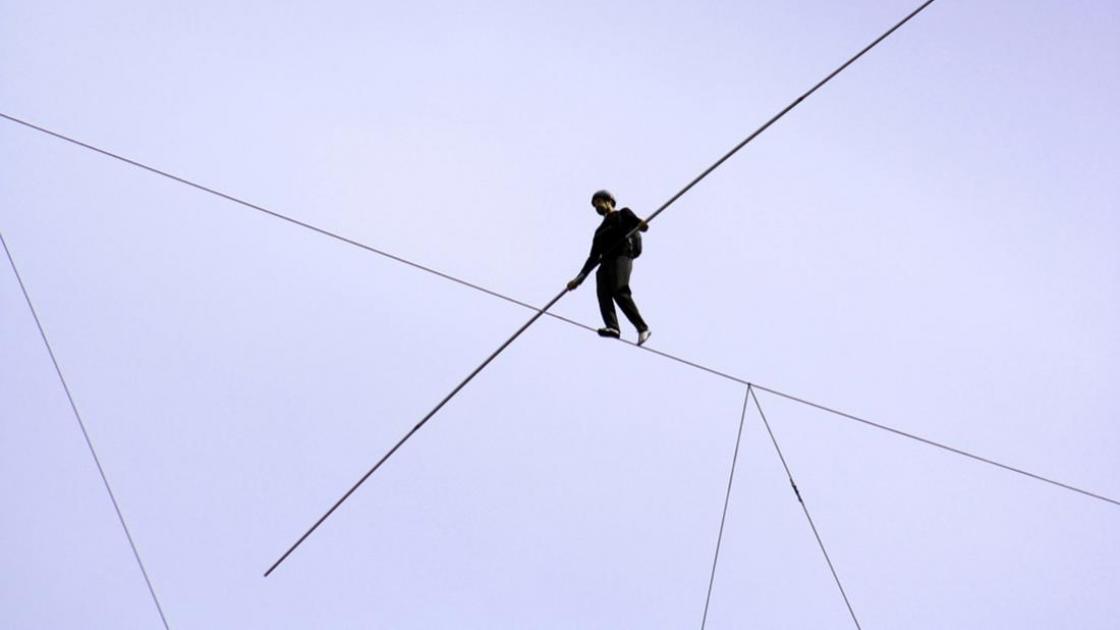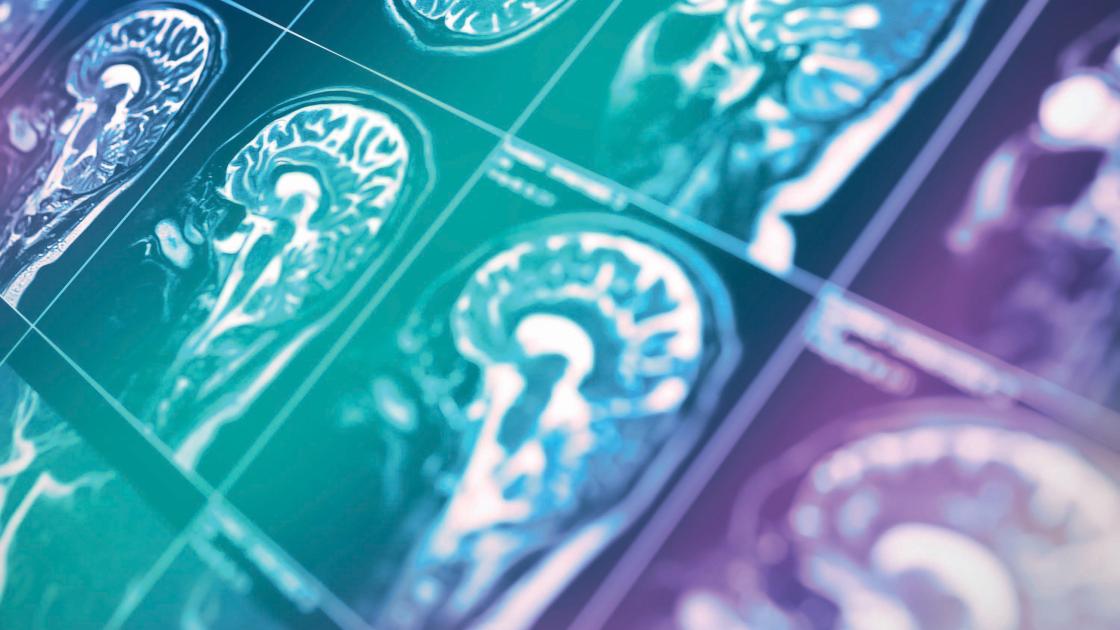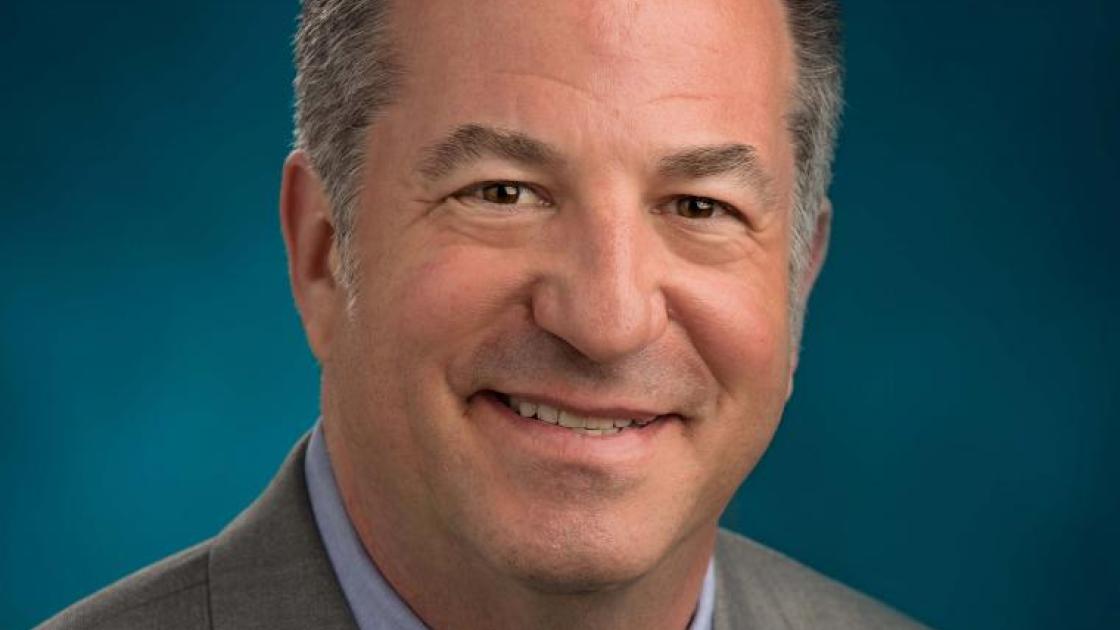
Bringing balance back: Ear cells regenerated in mammals
The inner ear is lined with two types of hair cells that help us to hear and balance. The cells respond to sound waves for hearing and head and body movement for balance. As we age, the cells are injured or die off, and our hearing and balance suffer as a result.
Studies have shown that the hair cells in fish, frogs and birds can regenerate naturally. New research by scientists at the University of Washington and Southern Illinois University School of Medicine indicates that the hair cells involved with balance—called vestibular cells—may also be replenished in mammals. This could have implications for restoring damaged cells in humans.
Two types of vestibular cells, type I and type II, are intermingled in the inner ear and have distinct molecular properties. Type I cells are responsible for signals going from balance organs to the brain. Type II cells are modulators of the signaling, “the icing on the cake” for signal transmission, according to Stephanie Bucks, PhD, a senior fellow of neurology at UW. Bucks, Jennifer Stone, PhD, a research professor of otolaryngology at the UW School of Medicine, and Brandon Cox, an assistant professor of pharmacology at SIU School of Medicine, used a fluorescent dye in mice to track the two types of vestibular cells in the team’s studies.
In an initial experiment, the group found that both types of balance hair cells were removed, but only type II cells were added under normal conditions. In a second experiment where most of the hair cells were killed by a toxin, the cells underneath hair cells (called supporting cells) created six times as many hair cells as they had under normal conditions, but they were all type II cells.
This vestibular hair cell regeneration after damage and turnover in normal ears is significant because previous research had only hinted at the possibility of the restorative ability in mammals. Cox made a similar discovery in the sound-sensing hair cells that can regenerate after damage in newborn mice in 2014.
“The ability of adult balance organs to turnover hair cells under normal conditions suggest that they have properties for repair that are similar to skin, the gastro-intestinal track and olfactory system. Yet the fact that only type II hair cells appear to be replaced is puzzling and could result in balance dysfunction with age if type I cells are never replenished,” said Brandon. “Further research to understand this turnover process and why the type I hair cells aren’t replaced could help those suffering from vertigo and decrease falls among the elderly.”
Future studies could reveal how the regeneration process is triggered and help develop drugs to reverse symptoms caused by ototoxic medications and aging.
The findings were published in the March 6 edition of eLife. The work was supported by the National Institutes of Health (F32 DC013695, R01 DC013771. and P30 DC04661) and the Office of Naval Research (N00014-13-1-0569).



